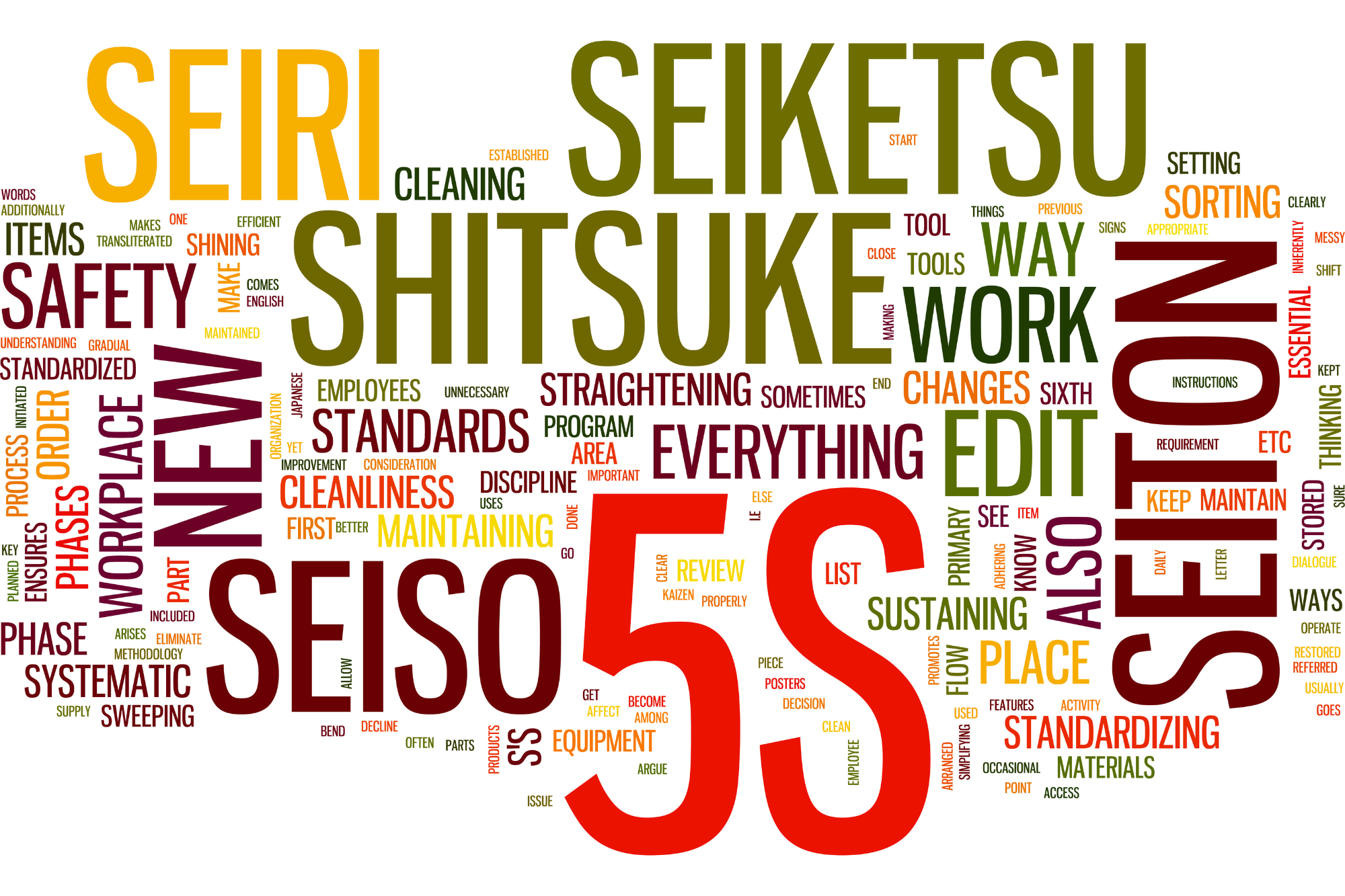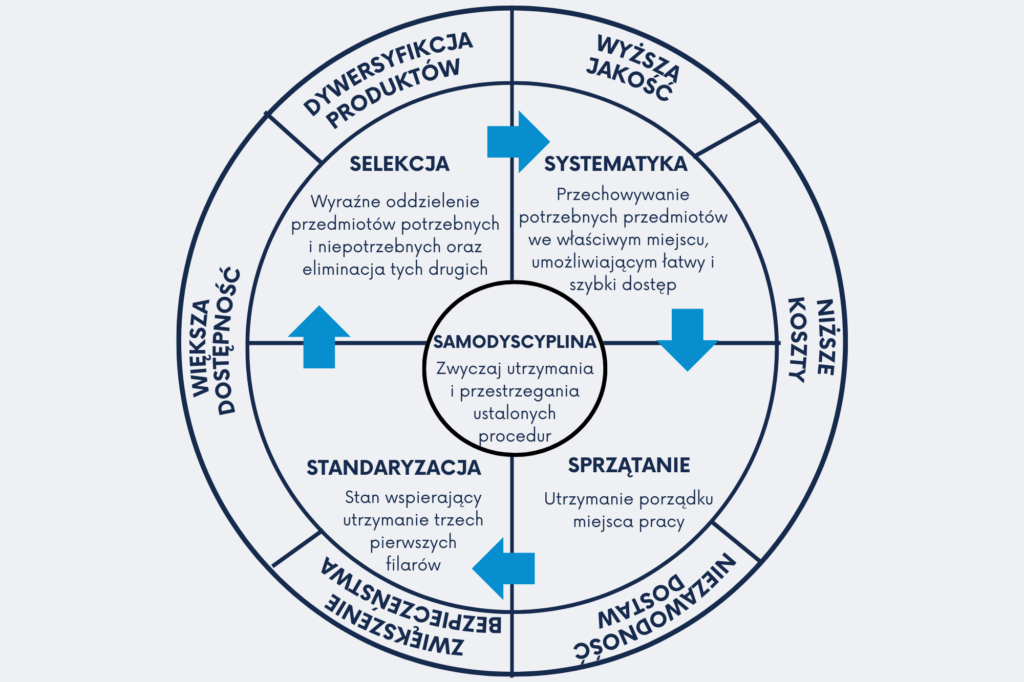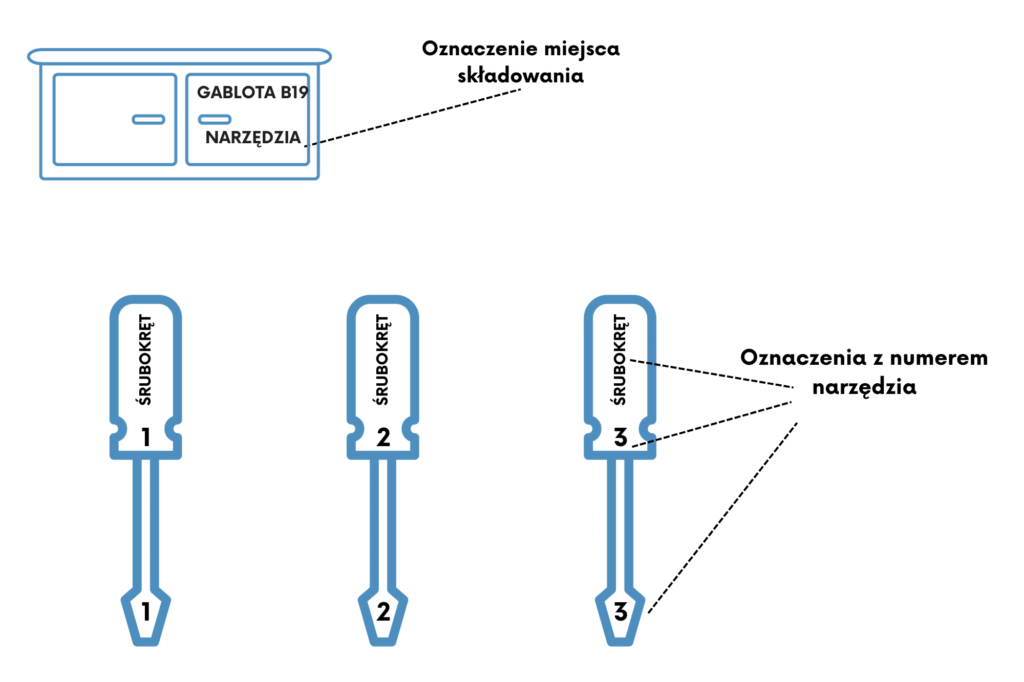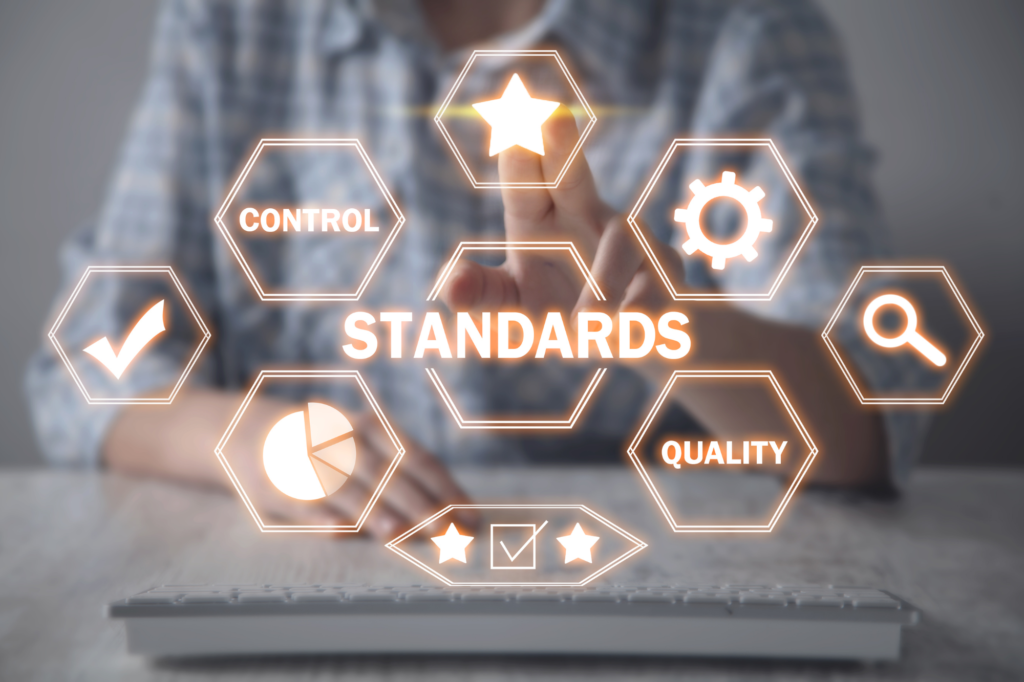
5S System- Foundation of Improvement
Businesses are like living organisms – the strongest among them thrive by responding quickly to changes in their environment. The business world is an environment of constant challenges. Customer needs change, new technologies emerge every day, and the flow of information accelerates. Alongside these changes, competition grows, and companies strive to maintain their position by meeting customer demands while keeping costs as low as possible.
Due to these challenges, businesses must seek new ways to survive and adapt to changes. To achieve this, they must abandon old concepts and patterns that are no longer relevant and embrace new methods of operation that are suitable for the present times.
Table of contents
1. Introduction to the 5S System
The careful implementation of the 5S methodology can mark the beginning of a process of continuous improvement. The five pillars we refer to are Selection, Systematization, Sweeping, Standardization, and Self-discipline. Because all these words start with the letter ‘S,’ this system is known as the 5S system.
Its most important elements are Selection and Systematization – they determine the success of improvement efforts. They are the foundation for eliminating defects, reducing costs, improving safety, and preventing accidents.
The 5S system may seem so simple that people often underestimate its significance.
- A clean and organized workspace translates to higher efficiency.
- In a clean and organized workspace, there are fewer defective products.
- Meeting deadlines is easier in a clean and organized workspace.
- A clean and organized workspace is a much safer working environment.

2. Description of the Five Pillars of 5S
2.1 Selection (Sort)
Selection means removing all items from the workplace that are not needed for current production or office activities. When you conduct a selection, keep only what is absolutely necessary. When in doubt, discard the item. This principle is a key element in the 5S methodology.
Surprisingly, this simple concept is often misunderstood, and separating necessary from unnecessary items can be challenging. Removing unnecessary items from the workplace can unsettle employees. People tend to hoard things, thinking they might come in handy for future orders. You might see an unnecessary machine and assume it will be used soon. This accumulation of equipment and supplies quickly becomes a hindrance to daily operations, leading to widespread waste throughout the facility.
The Red Tag Strategy is a straightforward method for identifying potentially unnecessary items in the facility, evaluating their usefulness, and handling them appropriately. Effective implementation of the Red Tag Strategy requires the creation of special areas where items labeled with these tags can be stored, known as “Red Tag Areas.” In these designated areas, items that are difficult to assess are stored. If, after an agreed-upon storage period, they are found to be unnecessary, people typically have fewer reservations about disposing of them.
An organization implementing the Red Tag Strategy throughout the company should designate a central “Red Tag Area.” This area is used to store items about which individual departments or production units cannot or should not make decisions. Each department or production unit participating in the company-wide initiative should designate its own local storage area for items tagged in red. In this local area, decisions about these items can be made on the spot.
The Red Tag Strategy literally involves attaching red labels to items in the factory that are questionable in terms of their necessity. Red labels are attention-grabbing. Placing a red label means we are trying to answer three questions:
- Is this item needed?
- If needed, is it needed in this quantity?
- If needed, does it belong in this location?
Once we identify all these items, we can assess and make a final decision regarding their fate. We can:
- Store them in the “Red Tag Area” for a period to see if they are needed.
- Dispose of them.
- Move them to another location.
- Leave them in their current location.
2.2 Systematization (Straighten)
Systematization involves arranging necessary items in a way that makes it easy to use them and labeling them in a manner that facilitates finding and returning them to their designated place. Systematization should always be implemented in conjunction with Selection. After sorting through all items, only the essential ones remain. At that point, it’s crucial to establish clearly where you will store them and mark that location so that everyone knows where to find and return them.
In the image, there is an example of a systematic arrangement:

Systematization means arranging and labeling necessary items in a way that anyone can easily find and return them. The key word in this definition is “anyone.”
It serves as the foundation for Standardization because the workspace must be systematically organized to effectively implement Standardization.
The first step in implementing systematization is choosing the right locations. Two groups of principles can assist us in this process. The first group relates to the ways tools, instruments, molds, and equipment are stored, while the second group pertains to the economy of movement in work.
Principles related to the economy of movement help minimize waste associated with it. When removing waste, we must always seek answers to why it appeared in the first place. This allows us to develop production methods in which waste can be reduced to almost zero.
The 5S map is a tool we can use to assess the current locations of parts, tools, instruments, molds, and machinery and to choose the best locations based on the above two groups of principles.
The second stage involves properly labeling the selected locations. We can determine the places and quantities of stored items by using Labeling and Painting Methods. Other tools used to mark the best locations include the 5S State “After” Map, Color Coding Method, and Outline Method.
2.3 Cleaning (Shine)
The third pillar is cleaning. This element involves removing dirt, dust, and waste from the workplace. A crucial goal is to keep everything in the best possible condition, ready for use at any time. In facilities that do not implement the Cleaning pillar, various problems may arise, such as low employee morale, workplace hazards, equipment breakdowns, and an increased number of defective products.
Stages of implementing cleaning:
- Establishing cleaning objectives.
- Determining tasks related to cleaning.
- Defining cleaning methods.
- Preparing tools.
- Cleaning.
When daily cleaning and serious monthly cleanups become a habit, you can start introducing control procedures as part of the Cleaning process. This transforms “cleaning” into “cleaning/inspection.”
The stages of cleaning/inspection are similar to the Cleaning stages but pay more attention to the maintenance of machinery and equipment. These stages include:
- Establishing cleaning/inspection objectives.
- Determining tasks related to cleaning/inspection.
- Defining cleaning/inspection methods.
- Implementing cleaning/inspections, using all senses to detect equipment anomalies.
- Repairing damaged equipment – either immediately or through a formal request to the technical department.
Two tools used for implementing cleaning/inspection procedures are Cleaning/Inspection Checklists and Necessary Repairs Checklists.
2.4 Standardization (Standarize)
Standardization, the fourth pillar of a well-organized workplace, comes into play when the first three pillars – Selection, Systematization, and Cleaning – are effectively implemented in the facility. Standardization aims to achieve three primary objectives:
- Maintain the state achieved through the implementation of the first three pillars.
- Make the activities associated with these pillars become daily habits of the employees.
- Ensure continuous and complete adherence to the first three pillars.

When implementing Standardization, the primary focus is to ensure that Selection, Systematization, and Cleaning become habits. The three stages of this process are as follows:
- Selecting responsible individuals for each action related to maintaining the 3S conditions.
- Incorporating tasks related to maintaining 3S into job responsibilities.
- Evaluating the level of maintenance of 3S conditions.
To maintain the conditions achieved through the implementation of 3S, all employees must know precisely what actions they are responsible for and when, where, and how they should perform them. The 5-pillar system must become a part of normal work, and people must develop a habit of taking short, quick, and effective actions related to maintaining this system.
Some tools that help instill the habit of actions related to Selection, Systematization, and Cleaning include the 5S Task Cycle Table, Visual 5S, Five-Minute 5S, Standardization Level Checklists, and 5S Checklists for the entire facility.
The second element in the process of implementing the fourth pillar is moving to a higher level of Standardization, known as Prevention.
In the context of Selection, Prevention means that instead of waiting for unnecessary items to accumulate, we seek ways to prevent their accumulation altogether. We cannot allow such items to enter our workspace in the first place. Methods that help in this regard include the 5W1H method, Shadowing, Turning On and Eliminating from use.
Finally, in the context of Cleaning, Prevention means preventing items from getting dirty. The key to achieving this is solving contamination problems at their source. The closer we get to the source, the easier it will be to apply Prevention in Cleaning.
2.5 Self-Discipline (Sustain)
The fifth pillar is self-discipline. In the 5S system, self-discipline means the habit of strictly adhering to the appropriate procedures. Regardless of how well we implement the first four pillars, the 5S system will not function for long without a commitment to its maintenance.
Implementing self-discipline differs from implementing the other pillars because specific methods and techniques cannot be used for this purpose, and its results cannot be measured. However, you can create conditions in the company that make it much easier to foster self-discipline.
Some tools that help maintain self-discipline in the company include:
- 5S slogans
- 5S posters
- Exhibitions of photos and drawings related to 5S
- 5S newsletters
- 5S maps
- Pocket-sized 5S instructions
- Visits to other departments
- 5S months
3. Summary
The 5S system is a simple and highly effective method for improving workplace conditions. Introducing this 5S system brings many benefits, both to employees and the entire company. The most significant benefits for employees include improved working conditions, greater job satisfaction, and the opportunity to contribute to shaping their workstations. The most important benefit for the company is increased product quality, lower costs, improved customer satisfaction, and business growth.

